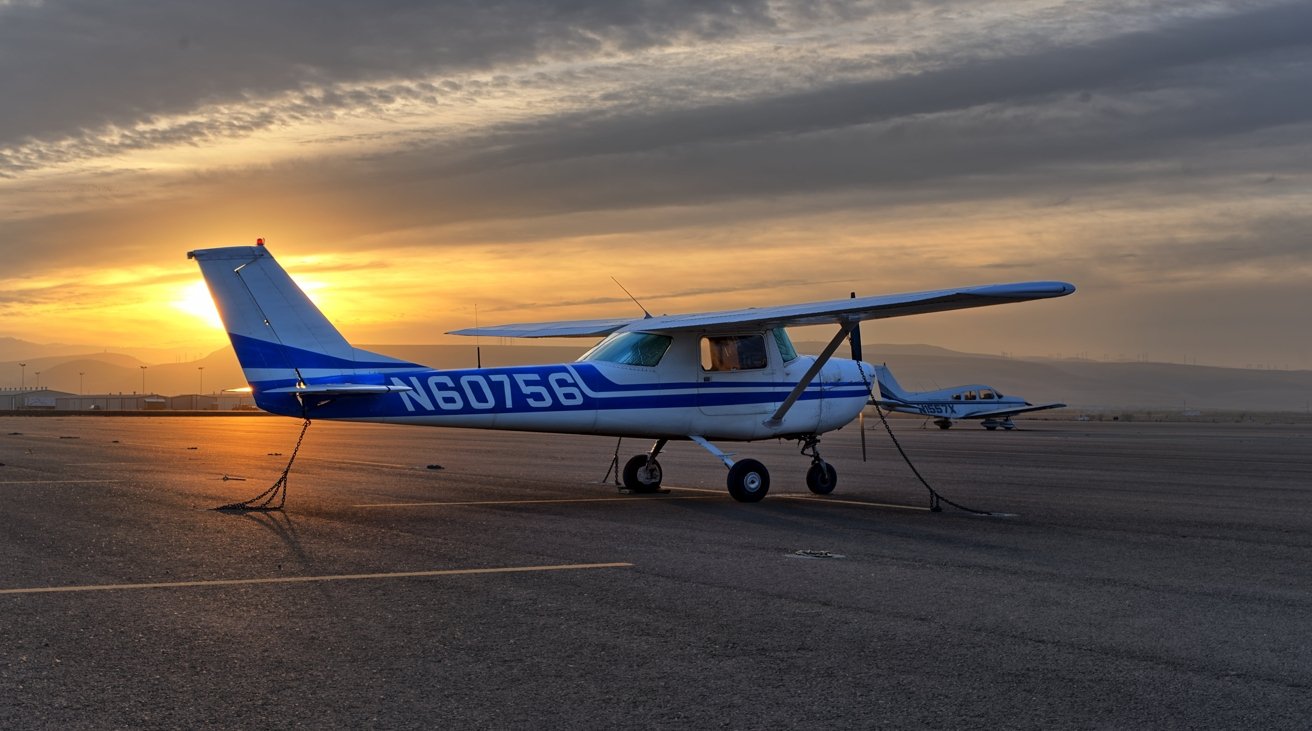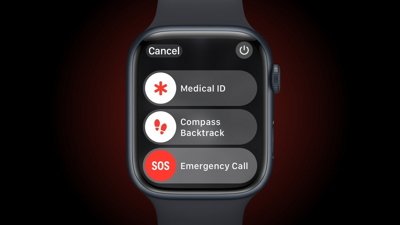An iPad is credited with helping investigators track down a man and child who went missing following a plane crash in Pennsylvania on Sunday.
The 58-year-old pilot and his 13-year-old daughter were in a Cessna 150, a small two-seat, single-engine plane, which they briefly flew from Wilkes-Barre Scranton International Airport in Pennsylvania. Shortly after takeoff, state police say the plane went off radar, triggering a search for the craft.
The plane and both passengers were both found after a five-hour search, which included assistance from the U.S. Air Force Rescue Coordination Center, reports CNN. The plane crashed approximately seven miles southeast of the airport, in a heavily wooded area.
According to the police, rescue teams started searching from the last known location of the plane, but it was pings of the devices in the possession of the pair that helped locate them.
"They (the rescue team) were able to ping the cell phone and they found that the daughter had an iPad, and with certain iPads, you're able to ping signals to it, and once we got that coordinate, that's where we located them," said Bear Creek Volunteer Hose Company Chief James Serafin. It is probable that Serafin was referring to the cellular option available for iPads, rather than a service like the Find My network in this instance.
The man and girl were discovered in a pre-hypothermic state and had minor injuries, but were taken to hospital to recover. "They were huddled with each other trying to keep each other warm," added Serafin.
The chief said it was rare to hear of survivors crashing in the "very heavily wooded" area. "They had to go through trees and everything else. It definitely was a miracle."
Apple products have been used to discover the location of other property in various ways. For AirTag, which is designed to help track down non-Apple items, it helped police track down a stolen car.
In 2011, the Find My feature of the iPhone helped searchers find a Chilean Air Force plane that had crashed at sea. The crash, 1km southwest of Robinson Crusoe Island in Chile, involved 21 fatalities and severe enough damage to the craft that there were no pieces recovered that were larger than 20 inches in size.
 Malcolm Owen
Malcolm Owen


 Oliver Haslam
Oliver Haslam
 Thomas Sibilly
Thomas Sibilly
 Marko Zivkovic
Marko Zivkovic

 Wesley Hilliard
Wesley Hilliard

 Andrew Orr
Andrew Orr



-m.jpg)






1 Comment
Nice! That's got to be scary at any age. I hope the 13yo doesn't get a fear of flying after this experience. I'm guessing it doesn't have a modern ELT (emergency locator transmitter) in it if they had to rely on cellular-based device for location. Less likely, but still possible, is their ELT failed.
I had an Artex 345 installed because even if I wasn't injured from the crash itself, the time between the crash occurring and being rescued could be the difference between life and death. The archaic location system that came with the plane only pinpointed a very large area (and I'm not even sure it would've done that if you read the link I posted below), which means search and rescue would have to navigate an excessively large grid looking for wreckage—782 square miles. For the price of a new iPhone it seemed worth it to get an upgrade that increases the accuracy to
The Cessna 150 was produced from 1958 until 1977. This Cessna 150 is from 1967 with tail number N6714S (not the same plane in the photo, which is a CA plane built in 1969).
Neat stuff in that article: